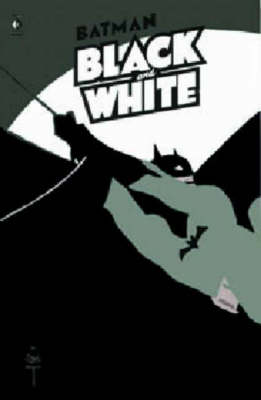

Morrison suggested that the Joker was “the clown at midnight”, stuck in a perpetual cycle of reinvention – becoming a new character for a new era. In a way, it establishes something implicit in Morrison’s Batman run. Do you know the only reward you get for being Batman? You get to be Batman.” His mother, Martha, explains, “You don’t get heaven or hell. It seems quite similar to the version of events seen here, where Batman dies only to be reborn as Batman to begin the story and die again. Hit by Darkseid’s “Omega Sanction”, Bruce was cursed with “the death that is life”, cursed to a cycle of death and rebirth and death. In fact, the device of allowing Bruce to attend his own funeral and witness countless deaths feels like an affectionate riff on the character’s fate in Final Crisis. It’s up to the reader to find the one that suits them, and the character is shaped by sources inside and outside the comic.)

Bruce Timm’s Batman is just as definitive as Scott Snyder’s. Nolan’s Batman is just as valid as Miller’s. I’ve never liked continuity as an artificial construct – partly because it locks readers out, but also because it attempts to rigidly structure something that should celebrate boundless imagination.

(Of course, that’s really just common sense – fans tend to get a bit too hung up on matters of internal continuity. While Morrison suggests that every Batman comic is equally valid, Neil Gaiman goes one step further and suggests every story is equally valid. Not only has everything ever published in a Batman comic happened to the title character, regardless of DC’s continuity shake-ups, everything outside those comics has also happened.

Morrison’s Batman run has been about reconciling every aspect of the character, and so Neil Gaiman’s multi-continuity-spanning funeral feels like an expansion of that theme. Weirdly, this actually allows Gaiman’s story to fit neatly within the confines of Grant Morrison’s over-arching Batman narrative, albeit in an entirely coincidental way.


 0 kommentar(er)
0 kommentar(er)
